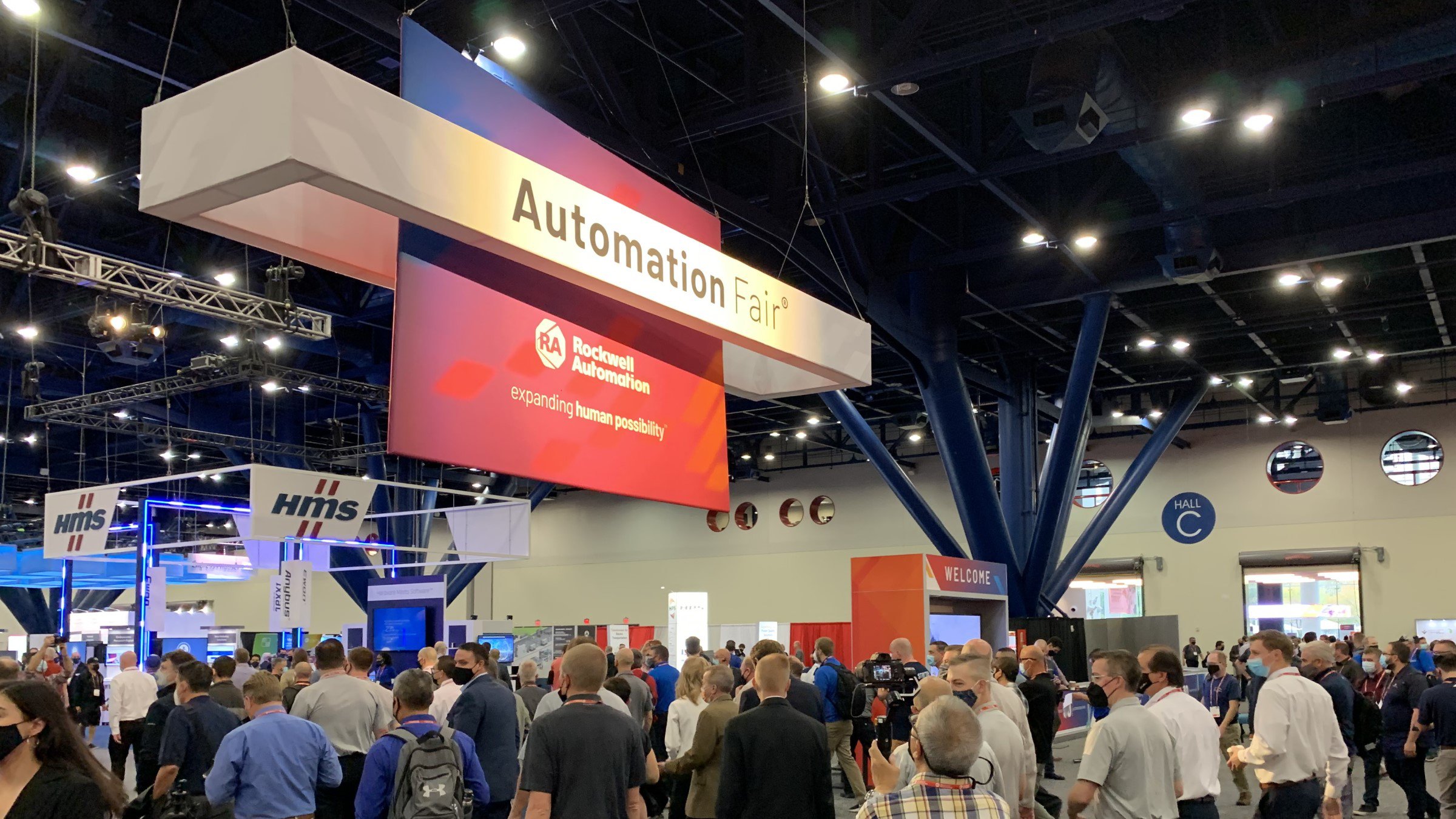You know the life sciences industry inside and out. The trends, the challenges, the competition — it’s foundational information that helps build a successful company.
It’s no different for us. Whether we already earned your business or hope to someday, we can’t serve you if we don’t know the landscape. That’s why we place a premium on listening. When we meet with customers, attend an industry trade show or organize an event of our own, we take every opportunity to understand the current state of the life sciences market as well as its future. That way, we can help you play a major part in both.
I had an opportunity to do a lot of listening (and a little talking) at Automation Fair 2021 while serving as moderator at the life sciences forum. Everyone in attendance shared their views of the industry — the panel as they traded ideas and the audience as they posed questions — and left with an improved perspective.
The forward-thinking portions of our conversation really stood out to me, particularly when I asked the panel to share one thing our audience needs to consider when planning the future of their digital transformation project. You’ll find a preview of that conversation below and a link at the bottom of the page so you can watch the entire forum on demand.
Artificial intelligence
With digital transformation being a major focus across so many industries, the tools associated with it have grown in familiarity: manufacturing execution systems (MES), the industrial internet of things, virtual and augmented reality, and so on.
Just like any tool, you want to find ways to make it work as effectively as possible. An MES solution, for example, can collect data enterprise-wide. But what do you do with all of it? How much is realistically usable through manual analysis? One of our forum panelists, David Hinkler of Thermo Fisher Scientific, suggested artificial intelligence as something to lean on more heavily in the future.
“We’ve come so far. But I think there’s still so much ground to leverage artificial intelligence and bring that data back from the mainframe and start doing data correlation,” he said. “There’s so much to learn with artificial intelligence and how to apply it, not just to the connected worker, but the connected factory with the entire enterprise: to understand if there’s a shortage in one area or another, maybe we can switch production to another facility.
“There’s going to be so many dynamics behind that and an opportunity to look at machinery and the performance of machinery from one site to the next,” he added. “It’s something that’s really going to help move us forward.”
Control tower
The issue of what to do with the information available to us came up again with this aptly named tool. Think about how an air-traffic control tower works — information from hundreds and even thousands of flights every day, delivered to individuals who need to understand how they relate while accounting for external factors like weather. Their goal: safety and efficiency.
It sounds very similar to what life sciences decision makers deal with every day. As Kalypso’s Sachin Misra explained, applying the control tower concept to our industry would serve similar goals by giving leaders the same thing air-traffic controllers need to do their jobs — visibility.
“For the last few decades, everybody has been focused on how one single line is performing or how one facility is performing. Nobody’s really thought about bringing together all of the views that you need to have effective manufacturing operations,” Misra said in the forum. “That’s really what the future’s going to be about: having aggregated, composite views not only at an equipment level, but at a line level and a facility level, all rolled up into a digital performance management view.
“At the end of the day, if it’s done well, what you can really enable is this notion of a dark facility that’s fully autonomous, that really understands all of the complexities and variations that need to be dealt with to be able to produce quality, efficacious product.”
Customer first
Some things never go out of style, right? If anything discussed during the forum is future-proof, I would choose this. It’s the bedrock of successful, repeatable business results and something we prioritize with every project.
In fact, ensuring the customer is 100% clear about their objectives is one of the first things we do. It’s not about the technology or software or other solutions we can provide. The most important thing is building toward an optimal outcome. Cytiva’s Kevin Seaver said as much as we wrapped up our discussion.
“It all starts with the customer,” he said. “We understand their needs, and then we apply the right technology to meet those customer needs. Certainly, those big pharma customers have totally different needs than the ones that are just starting off. And if we try to apply those fancy technologies and so forth to our smaller customers, it isn’t going to work — and vice versa.
“In either case, we want to be scalable,” he added. “We want to be able to scale from small to large. So as these customers grow, we want to be able to grow with them. We don’t want them to have to throw away what they have and do something entirely new. We want to start at the core and grow in a lot of different directions.”
For more on these topics and others that could spark your next stage of business growth — from digital thread to single-use equipment — use the link below to visit our life sciences homepage. Then contact us to share your objectives for your next improvement project.


